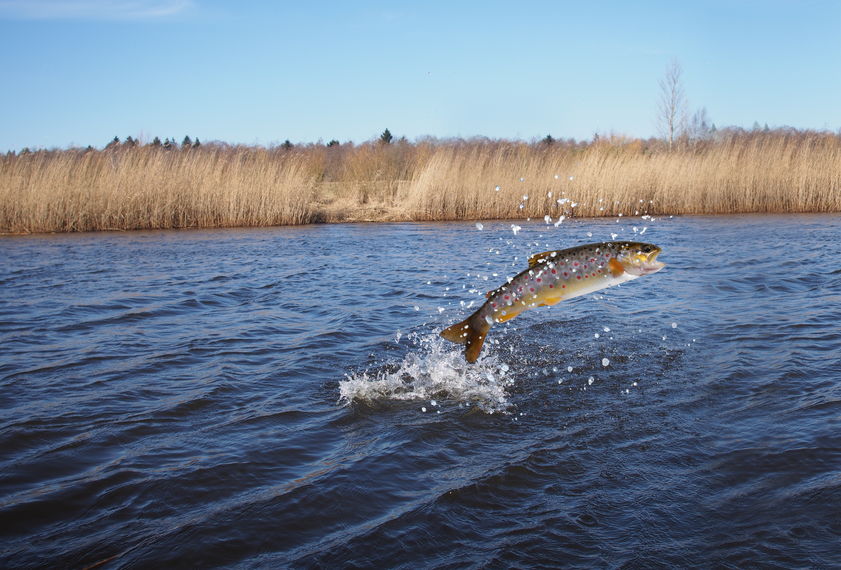The nearly two-decades-old controversy surrounding a proposed gold and copper mine in Southwest Alaska entered a new phase July 24, when the U.S. Army Corps of Engineers (Corps), reversing an Obama-era finding, and concluded that the project “would not be expected to have a measurable effect on fish numbers” in the Bristol Bay watershed, which supports the world’s largest sockeye salmon fishery. Bristol bay is the easternmost arm of the Bering Sea, which lies between Alaska and Russia.
In its environmental assessment, the Corps found that the mine would affect up to 2,261 acres (less than four square miles) of wetlands and up to 105.8 miles of streams but that there would be “no measurable change in the number of returning salmon.”
The fight over Pebble Mine, which would be the largest mine in North America, pits supporters of the sockeye salmon fishery, including local Native Alaskan tribes and national environmental groups, against proponents of using the area’s vast mineral reserves – estimated to be worth as much as $500 billion — to combat growing Chinese dominance of global mineral resources.
Shifting Political Sands of Different Administrations
Like all major infrastructure projects, Pebble has had to navigate the arduous permitting process at the state and federal (National Environmental Policy Act, NEPA) level, cope with the shifting political sands of different administrations, and deal with the ever-present threat of litigation. The project appeared doomed in 2014, when the Obama EPA, in an unprecedented move, preemptively vetoed the mine on the grounds that it would do irreparable harm to the sockeye fishery. EPA undertook its action even before the project’s developer had submitted its environmental impact statement.
The project’s developer, Canada’s Pebble Limited Partnership, filed for a federal permit with the Corps in late 2017, and in 2019 the Trump EPA reversed the Obama EPA’s veto of the project, paving the way for the Corps’ revised environmental assessment of the mine’s effect on the sockeye fishery.
Over the years, the size of the proposed mine has been scaled back. According to the Pebble website, the project will cover more than 13 miles and include a 270 mega-watt power plant. It will be served by a natural gas pipeline and an 82-mile two-lane road. The site would have extensive storage facilities and will require the dredging of a new port at Iliamna Bay. Trucks would make several round trips a day transporting the extracted minerals to a processing plant through which they would be fed at a rate of 180,000 tons per day.
NRDC Plays the Race Card
The latest twist in the Pebble saga did not go down well with the project’s opponents. Taryn Kiekow Heimer, who heads the Natural Resources Defense Council’s (NRDC) campaign to stop the mine, was delighted to play the race card.
“It’s especially embarrassing for the government and appalling given the current social context we are in,” she told The Washington Post (July 25), referring to the Trump administration’s accelerated approval process. “It’s just another example of the entrenched and systemic racism that this government is showing people of color and indigenous people in particular.”
Long Road Ahead
Pebble’s future depends in no small way on the outcome of the Nov. 3 election. If presumptive Democratic nominee Joe Biden wins, his administration would almost certainly try to kill the mine by reversing the Trump policies, which reversed the Obama policies. If Trump is re-elected, the approval process will move forward, but the mine’s opponents will sue, tying the project up for another two to three years.
